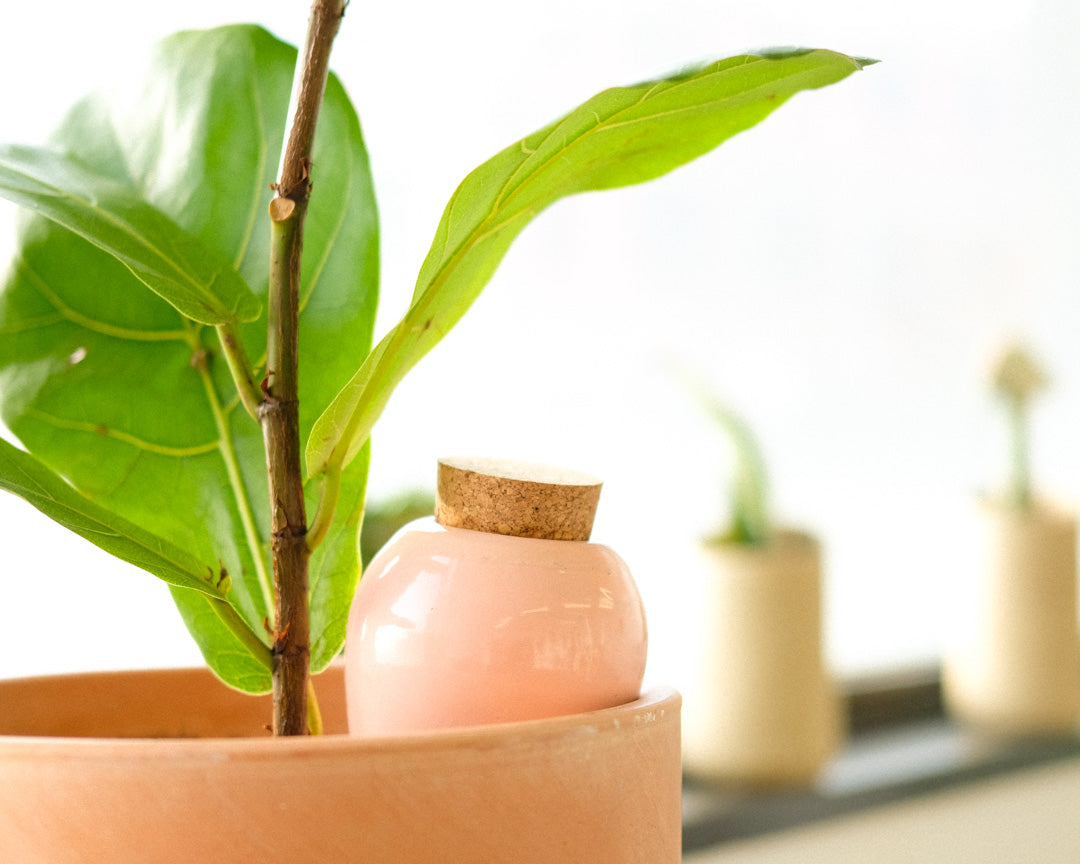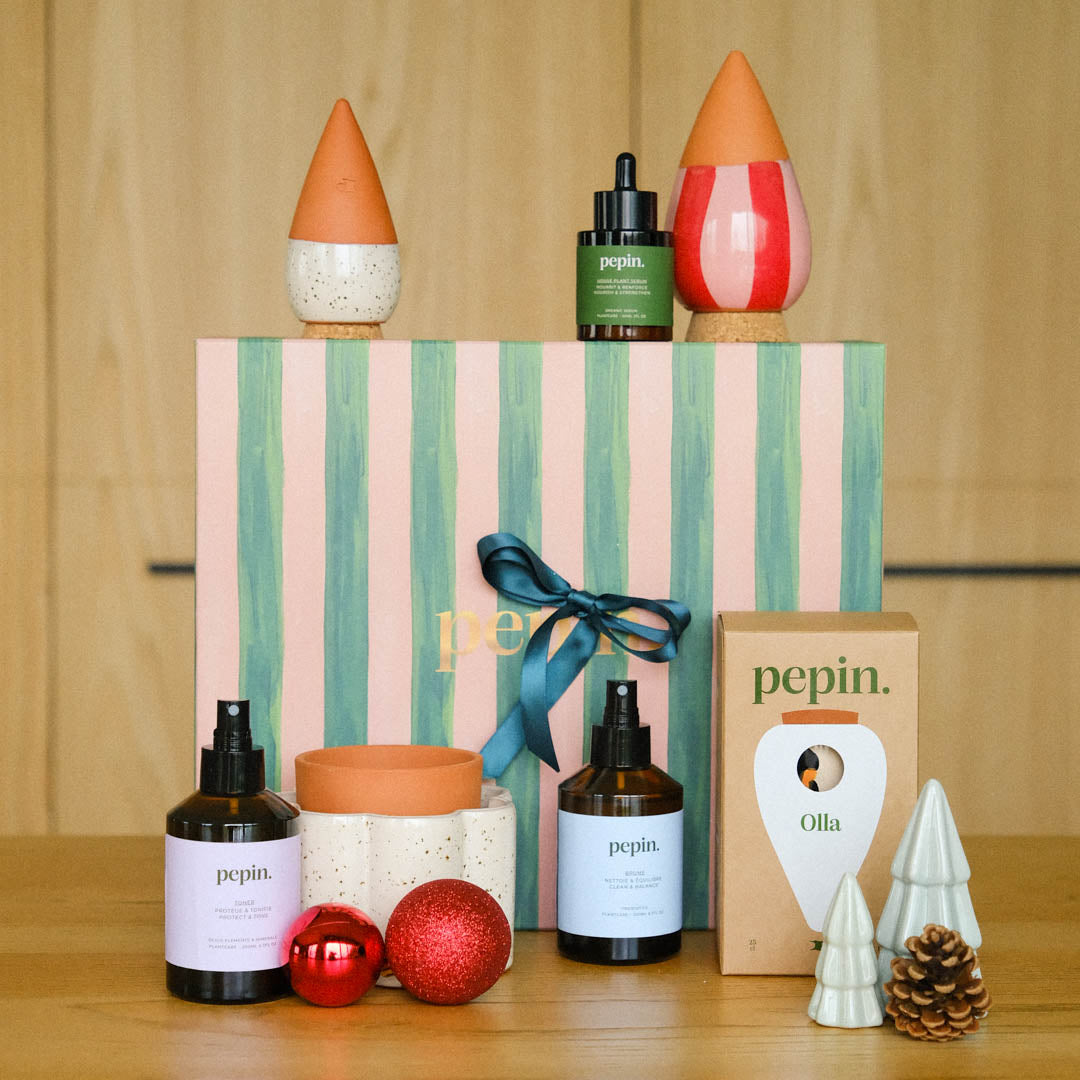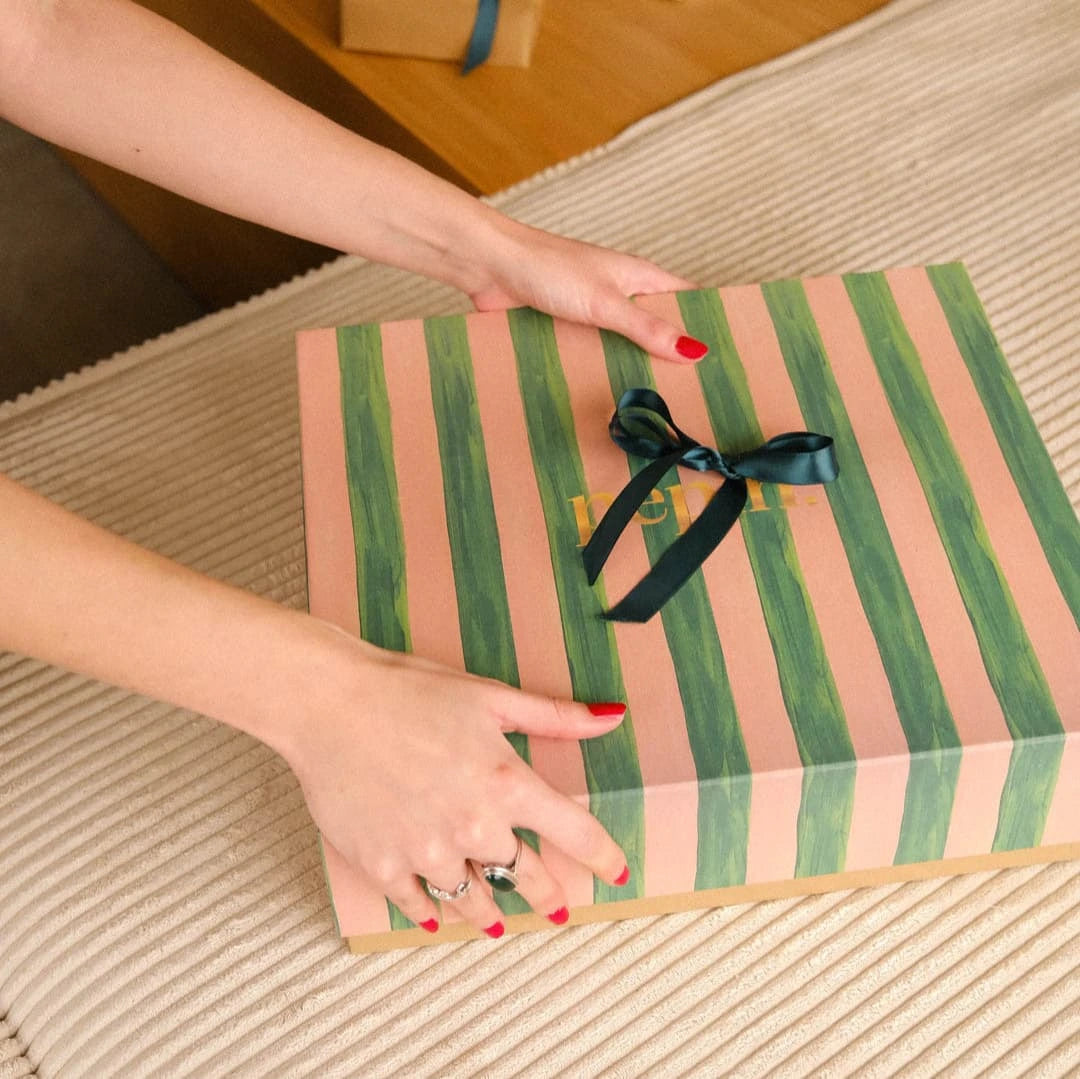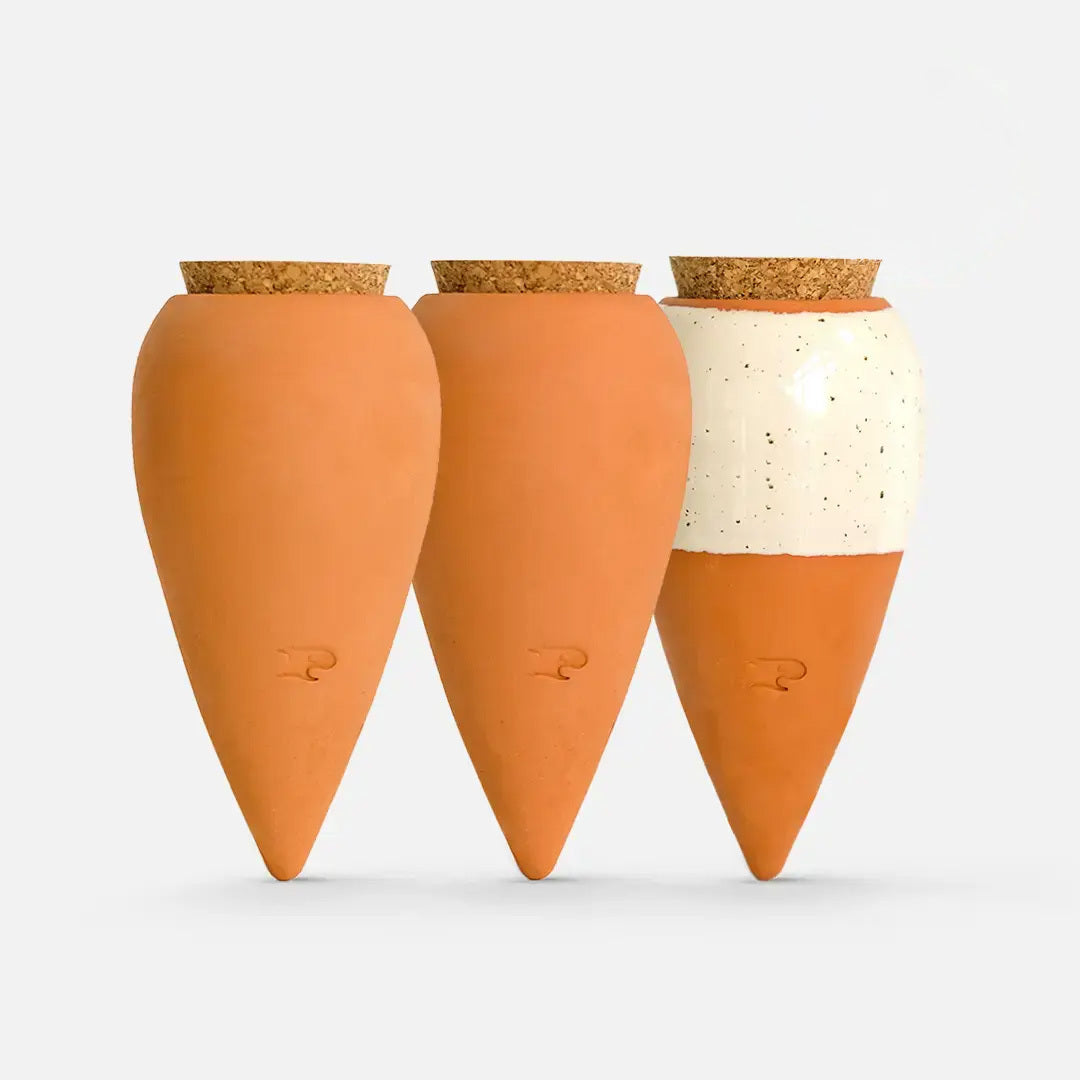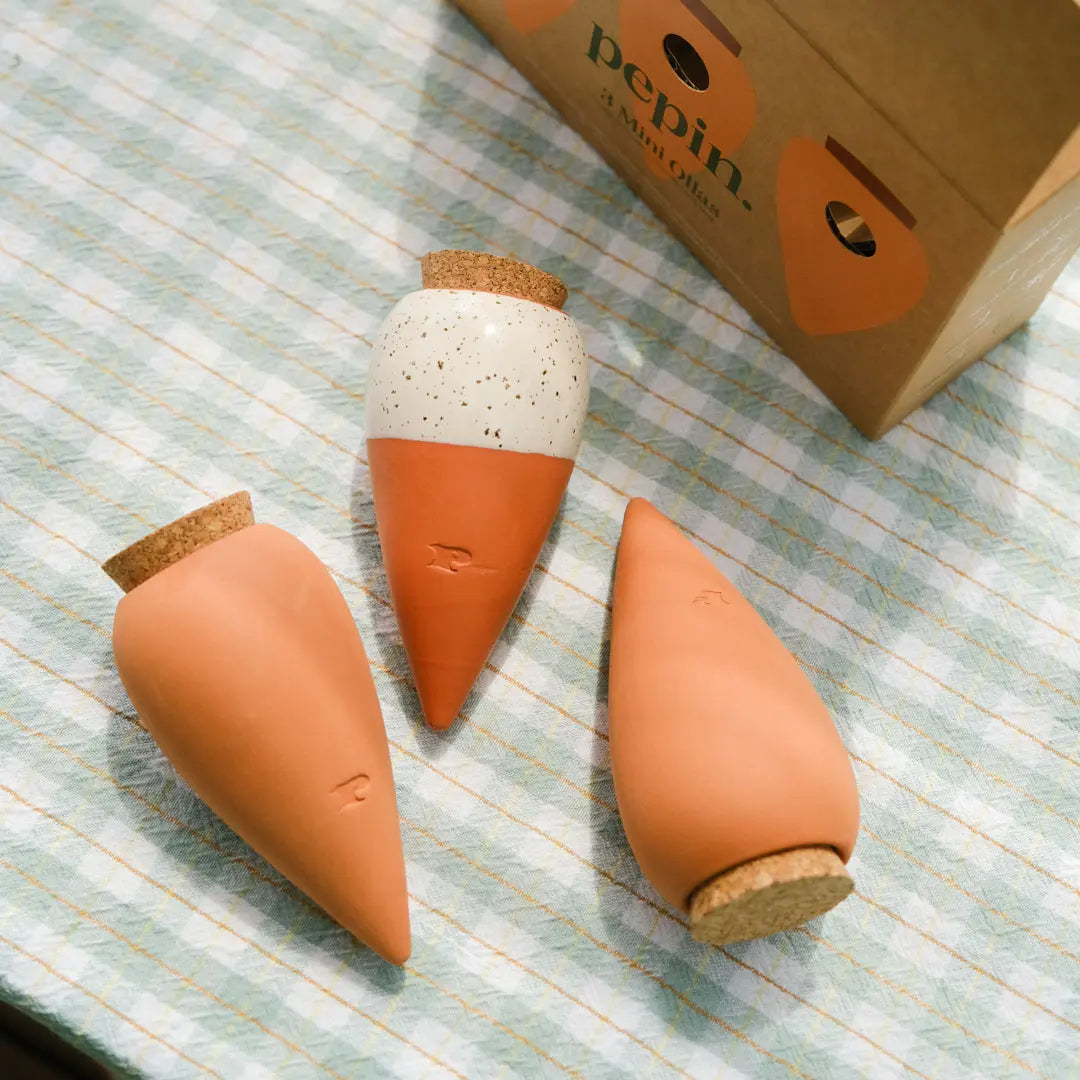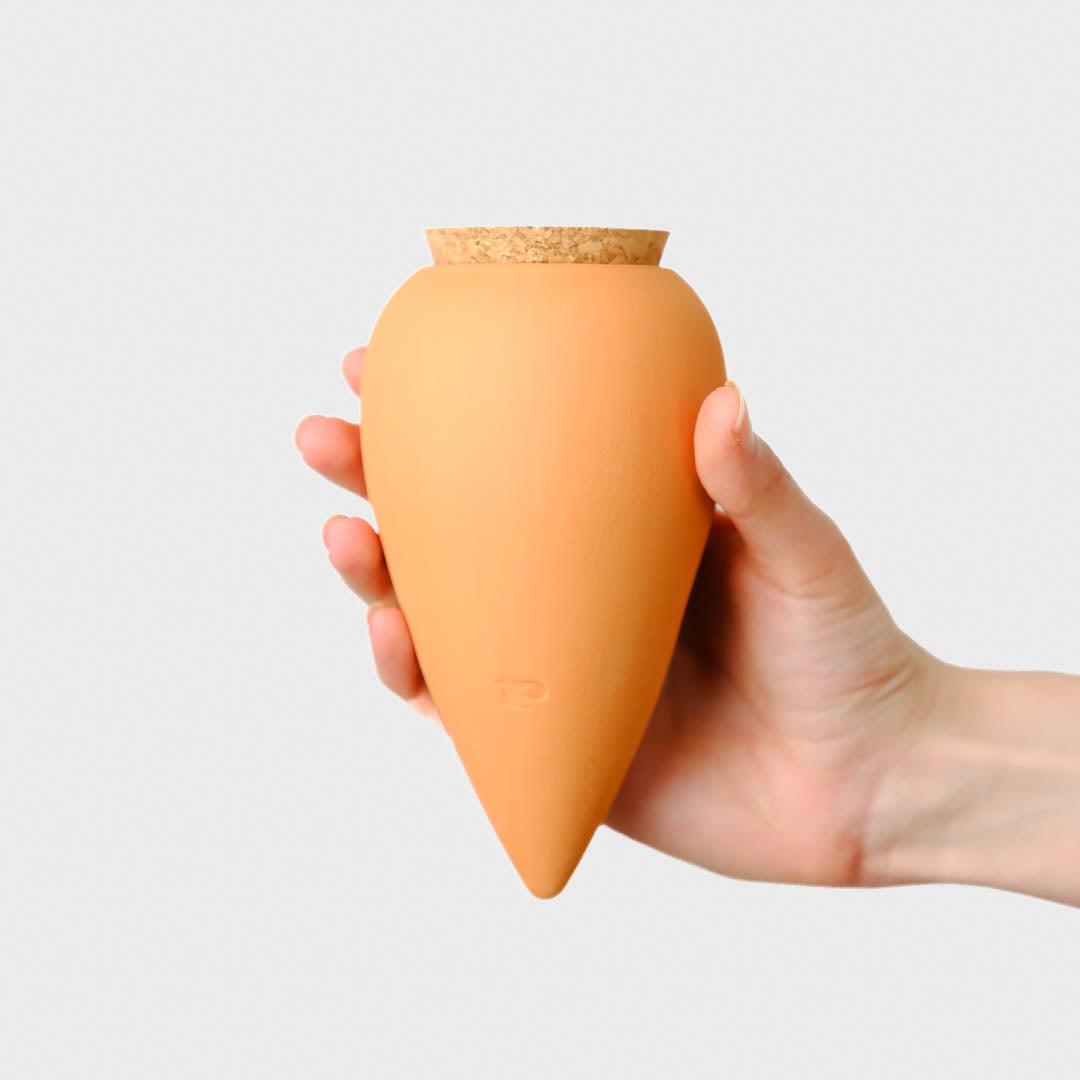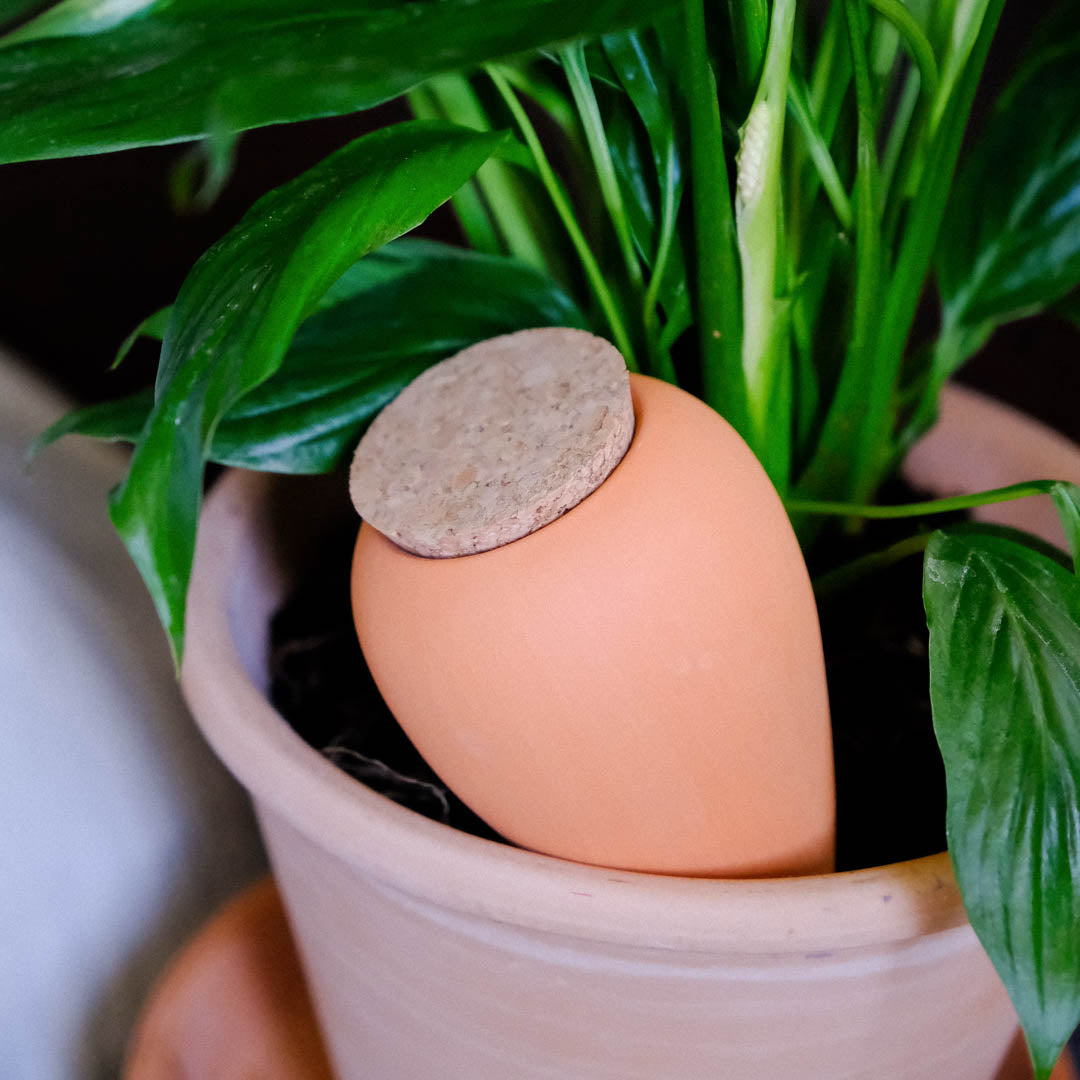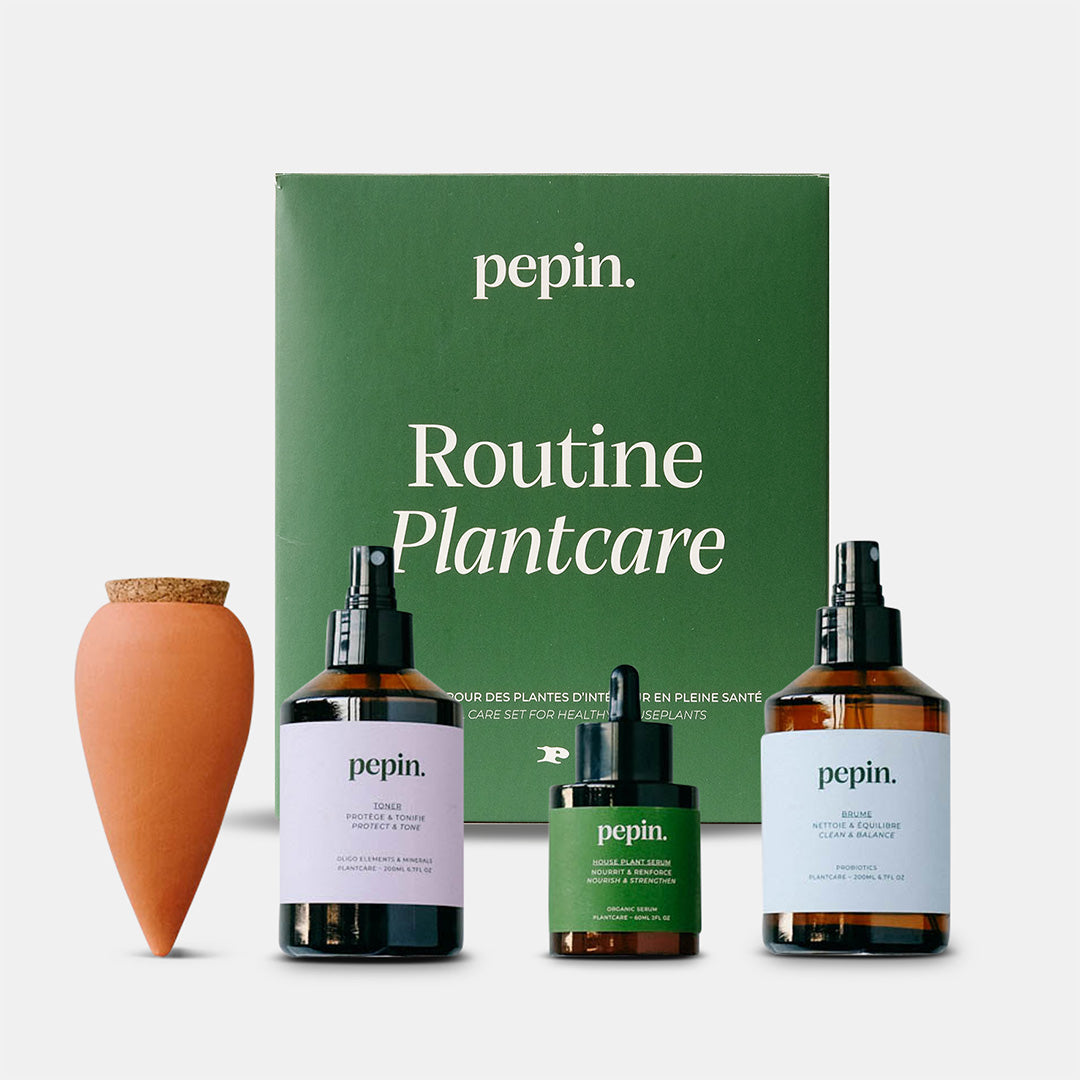It's almost time to go on vacation, and you wonder how to take care of your indoor plants? Not easy, when you know that over-watering before leaving could be even more fatal to them than a lack of water. The challenge will be to find how to maintain the right humidity over time. But do not panic, there are various ingenious methods to save the little corner of nature that you have had so much trouble building over time. We're going to go over the pros and cons of 7 tips that will give you peace of mind. And by combining several of them, you can even leave for several weeks!
1. Group your plants
Maintaining the humidity of the surrounding air and soil is a key point for the survival of indoor plants. The first solution will therefore be to group your plants in the same place. Doing so will create a microclimate because plants produce moisture through evapotranspiration, and the drier the air, the more plants will sweat. Grouping your plants together will help maintain ambient humidity which will reduce evapotranspiration losses. The water your plants need will therefore be optimized, which will save you vacation days! The ideal is to group them in a bathtub for example. This will allow you at the same time to set up watering by drench. And the bathrooms are moreover rather naturally humid places.
2. Plant sitting
Obvious…but not necessarily within everyone's reach, if you don't have someone you trust to give your keys to. However, it is the simplest solution. By combining this trick with the one stated above, you will make the job easier for your plant sitter who will only have to add a little water to the bottom of your bathtub, or water all your plants without going around the owner 3 times. . The upside is that if you have a pet that someone needs to take care of, they can kill two birds with one stone. The major drawback remains that if your plants have different water needs, you will have to leave a note which will make the task difficult...
3. Oya
Oyas (or ollas), are microporous clay water reservoirs that gradually release water to your plants. These regulate their water needs by coming to draw water by capillarity in contact with the clay. Among other things, they prevent the evaporation of water from the surface. These savings can be of the order of 70%! The considerable advantage that they represent is that it will no longer be necessary to worry about the needs of each plant. If you have to leave for several weeks and you have a plant sitter, he will only have to check if the oyas are empty before refilling the water. The downside is that it can be a big budget if you have a lot of plants. DIY oyas solutions are feasible with classic terracotta pots, but they are less efficient. Indeed, the oyas are fired at a very precise temperature so that the porosity of the clay is optimal. If you opt for the DIY, it will be wise to test them well in advance so as not to face a serious disappointment.
4. Pots with water reserve
Water reserve pots are an alternative to oyas, but the budget constraint will be higher if you are concerned about the aesthetics of these pots. They are nevertheless very effective if they are adapted to the size of the plant. In fact, if your plant is too big, the roots will be able to bathe in water and you risk seeing them rot.
5. Mulch indoor plants
Well yes. Mulching is an operation well known to gardeners, which consists of applying a layer of organic or mineral matter to the surface of the soil to protect it from the sun's rays or frost, and to keep it moist. So of course, we are not going to put 20cm of hay or 10cm of horse manure on our plants (although…), but there are many more aesthetic and equally effective solutions. For example, you can use clay balls, coconut moss, or even pebbles picked up at the seaside (provided you wash them beforehand).
6. Soaked cotton threads
With this method, you will connect your plants to a basin of water, using cotton threads. The main advantage is that it will allow you to be away for long periods of time. The more water you put in the basin, the more the system will be autonomous for a long period of time. To put it in place, you will need suitable yarn, as absorbent as possible, which you can easily find in specialized garden centers or on the internet.
Step 1: Cut the wires to the correct length. It must be able to plant it in the soil for at least 5 cm on one side, and that it bathes in water on the other side.
Step 2: Soak the wires in water for a few minutes. Then start by planting the end in the soil, making sure that it is in good contact with the soil. To hold it in place, you can use wooden sticks. Place the other end in the reserve.
Step 3: Fill the basin and water your plants. There must be continuity between the potting soil and the basin, a bit like for the principle of communicating vessels.
7. Create a greenhouse effect with a canvas
This is the method that will allow you to be absent the longest. After watering your plant, place your canvas and strap it around the pot. Beforehand, place stakes in your pot to prevent the canvas from coming into too much contact with the leaves of the plant. By doing so, you will create a greenhouse effect that will condense the evaporation water to make it fall back into the soil. In the end, this amounts to recreating a mini water cycle on the scale of your plant.


